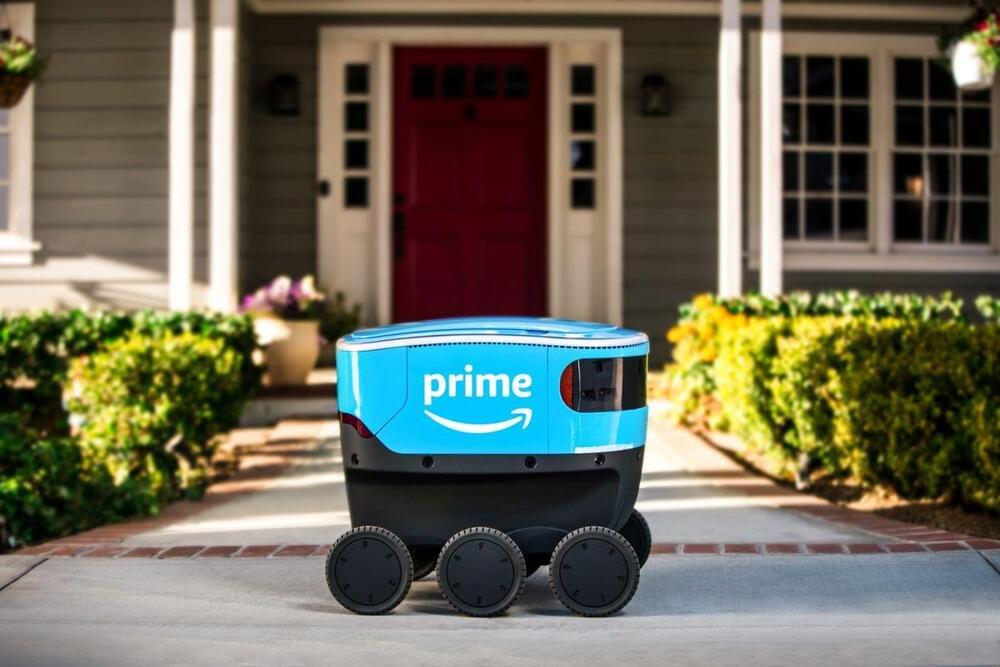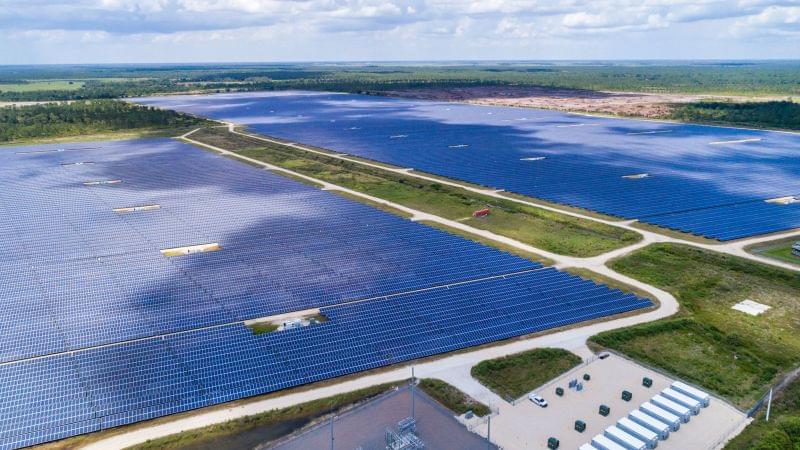A group of scientists have concluded that live may have arisen on Mars and wiped itself out! Watch this video for the stunning details!
Worm-hole generators by the pound mass: https://greengregs.com/
For gardening in your Lunar or Mars habitat Galactic Gregs has teamed up with True Leaf Market to bring you a great selection of seed for your planting. Check it out: http://www.pntrac.com/t/TUJGRklGSkJGTU1IS0hCRkpIRk1K
Awesome deals for long term food supplies for those long missions to deep space (or prepping in case your spaceship crashes: See the Special Deals at My Patriot Supply: www.PrepWithGreg.com.







